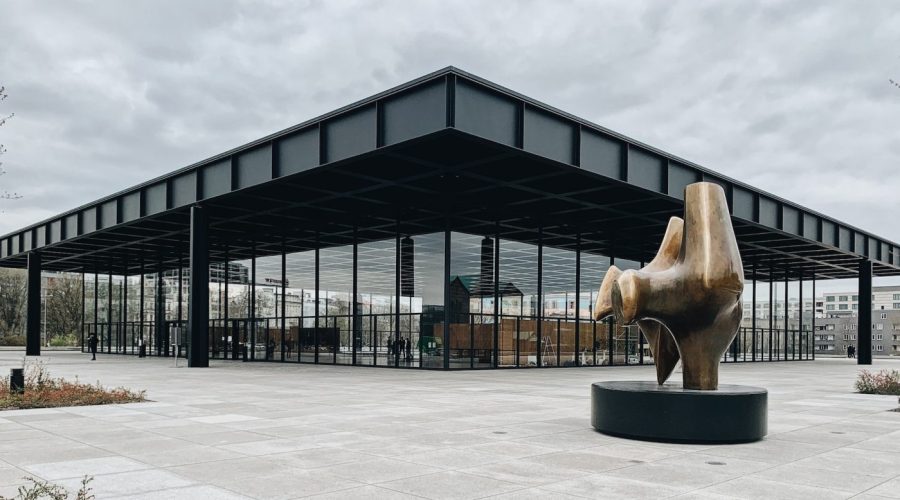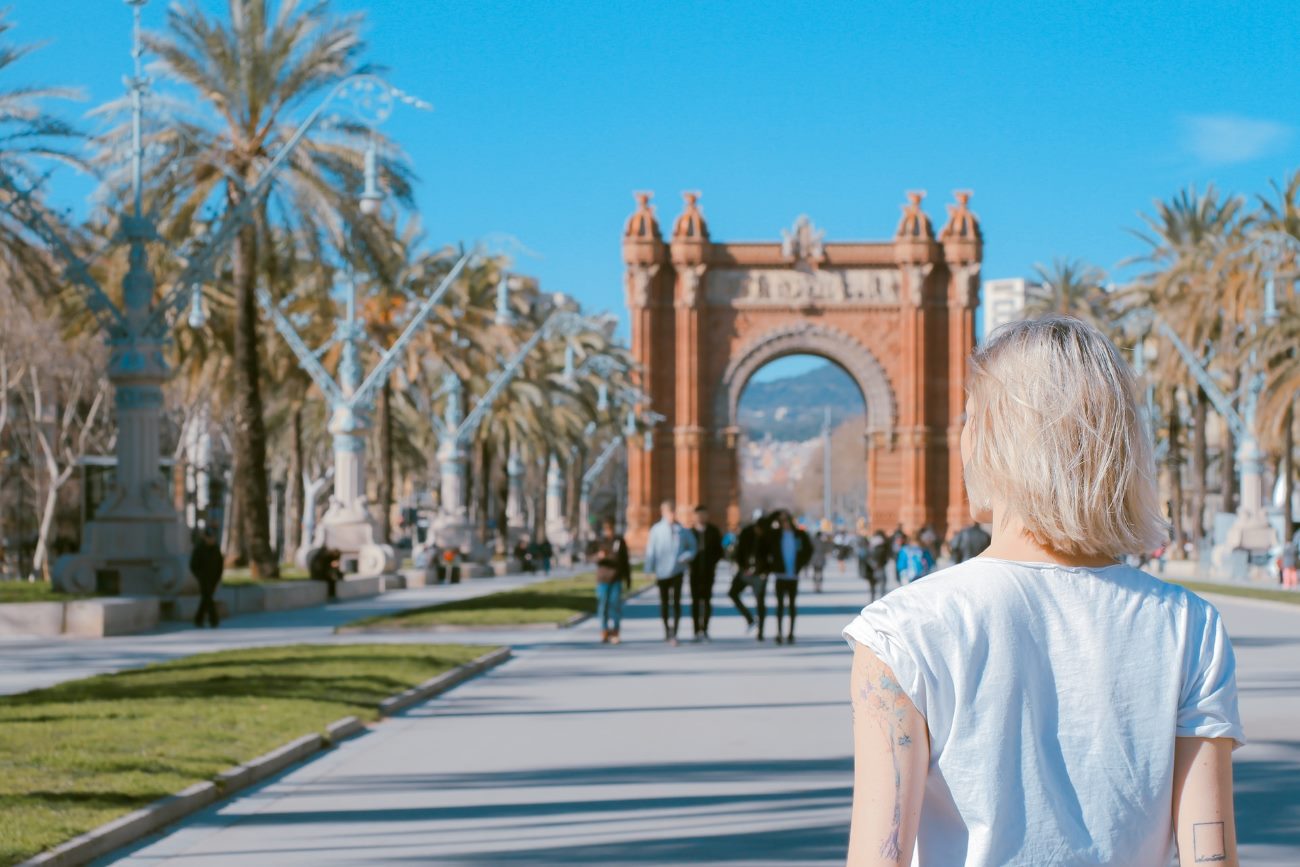Why is the Jewish Museum in Berlin, Germany an Unmissable Experience?
The Jewish Museum in Berlin stands as an essential sight to see if you want to discover historical information about Jewish culture combined with artistic value during your visit to Berlin. Visitors can experience this world-class institution which equips guests with detailed insights regarding German Jewish culture alongside concept-driven displays and fascinating architectural and informational features.
1. Exploring the Museum’s Architecture
Visitors must notice the unique architectural aspects of the Jewish Museum. Daniel Libeskind who is a world-famous architect designed the building to reveal significant stories. Addressing the urban environment with its distinctive zinc facade the museum reveals different Jewish historical passages from German history. The Holocaust memories are symbolized through the building structure which features a broken Star of David shape.
Every section within the museum’s halls features sharp passageways with hollow areas designed to create emotional responses alongside spaces which serve as symbolic contemplation areas. By employing this architectural vision the space obtains substantial power that establishes stronger bonds between visitors and their exploration of the showcased information.
2. Exhibition Highlights
The Jewish Museum’s exhibitions delve into different aspects of Jewish life, history, and culture. The museum demonstrates an extensive chronological presentation from the ancient past through the present Jewish community layout. Some notable highlights include:
a) The Permanent Exhibition
The institution guides its audience through comprehensive German Jewish chronicles spanning two millennia. Daily visitors can understand Jewish culture and historical challenges through a wide range of artifacts and multimedia and written materials available at the museum.
b) The Holocaust Tower
One of the major displays at the memorial is the Holocaust Tower which stands as an exposed empty space behind an iron entrance door. The designers established this space to generate unsettling isolation that enables visitors to think about Holocaust horrors experienced by Jews.
c) Memory Void
Visitors can observe an installation composed of more than 10,000 iron faces at the Memory Void in the exhibition. The exhibition features distinctive faces which symbolize all individuals who lost their lives during the Holocaust. The exhibition uses this visual representation to recall both the enormous magnitude of suffering and the distinct experiences of every person involved.
3. Educational Programs and Events
The Jewish Museum delivers multiple educational activities and special events through which people of different ages can participate. The Jewish Museum delivers its content through workshops and guided tours and lectures and special exhibitions. These educational initiatives adjust their content to satisfy students and researchers and people who want general knowledge about Jewish history and art with contemporary understandings.
4. Visiting Practicalities
The Jewish Museum requires advanced planning from visitors to get the best experience.
- Review the operating schedule of the museum and organize your visit appropriately. Mondays represent the only day when the museum is completely shut to visitors.
- Advance ticket purchases cut down waiting times significantly since peak tourist periods tend to create lines that last longer at the entrance.
- Comfortable shoes are essential because the museum has vast exhibition areas for visitors to explore.
- You can choose from several language options to access audio guidelines which deliver thorough descriptions about each exhibit.
- Don’t rush through the museum. Special attention should be given to carefully read all the museum information.
5. Reflecting on the Experience
People who visit the Jewish Museum receive both educational content and the chance for self-reflection to learn about Jewish cultural identity as well as historical events. The place urges its visitors to examine history through its exhibits to recognize vital lessons about tolerance and understanding as important forces during modern times.
The Jewish Museum Berlin welcomes people with different Jewish heritage backgrounds alongside those who wish to learn about the culture through its positive educational experience.
Table of Contents



